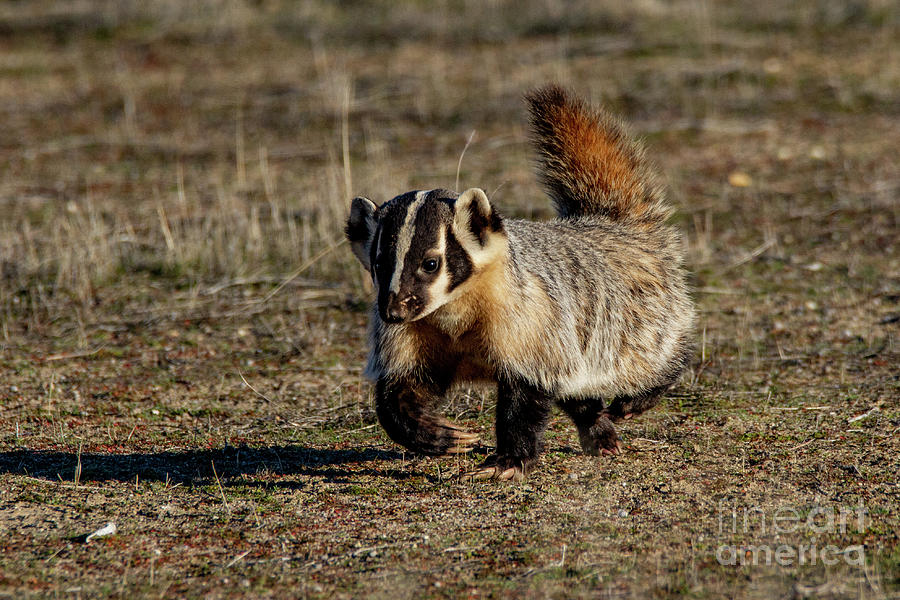Environment & Energy
Related: About this forumWhy these rattlesnakes are declining at an alarming rate
By Karl Larsen - Professor, Department of Natural Resource Sciences, Thompson Rivers University, Marcus Atkins - MSc. Student, Environmental Science, Thompson Rivers University a day ago
Just like the hordes of mountain bikers, hikers and trail runners that migrate from their comfortable couches to more open spaces in spring, western rattlesnakes are also on the move, emerging from deep winter dens to their summer foraging grounds.
For years, our research group at Thompson Rivers University has been investigating population trends and movements of the world's most northerly populations of rattlesnakes, found in the Okanagan Valley of British Columbia. The western rattlesnake (Crotalus oreganus) is one of three species of rattlesnake found in Canada, and the only one in B.C., although they also live as far south as Baja California.
Snakes are particularly interesting in Canada because their active season — warm temperatures that allow them to go about their lives — is far shorter than it is for their relatives to the south. The harsh Canadian winters limit the places where a rattlesnake can hole up and wait out the snow. This historically lead to dozens of snakes of all different species using communal dens, but this phenomenon is becoming increasingly rare.
Rattlesnakes are threatened in B.C., and many populations are declining at alarming rates. Although the idea of being rid of snakes may be inviting to some, it will surely have cascading consequences for already threatened grassland ecosystems. For example, rattlesnakes are key players in grassland food chains, acting as mid-level predators that control rodent populations and serve as a food source for larger predators like the endangered North American badger.
More:
https://www.livescience.com/western-rattlesnakes-population-declining.html

North American Badger




Roar!


Atticus
(15,124 posts)Judi Lynn
(160,530 posts)underpants
(182,803 posts)Bad asses
Judi Lynn
(160,530 posts)Had no idea about this side of badgers until reading the article! 🦡️